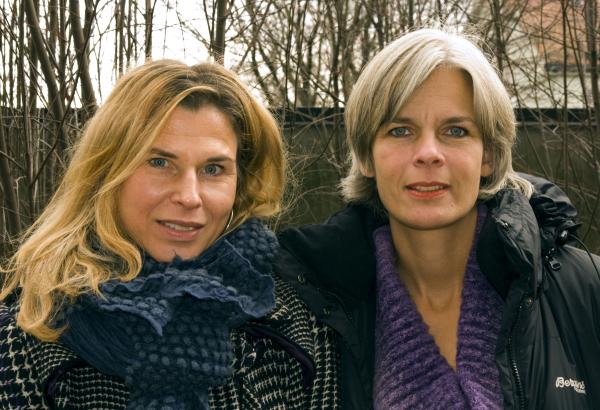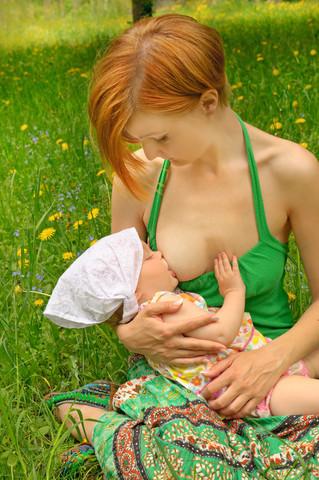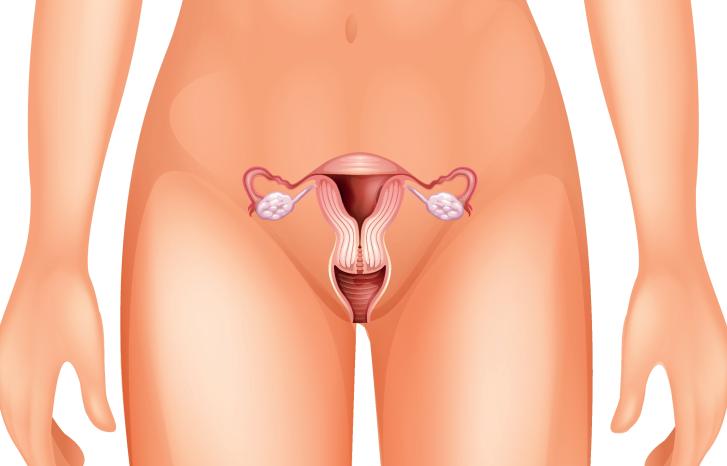Most research fields have barely explored the topic of menstruation and breast milk. Why not, when it affects so many of us in our daily lives?
“Many people, including researchers, tend to think body fluids are ‘disgusting’. They are unclean and should be kept inside the body, or at least they should not be visible when they come out,” says Anne Kveim Lie, a Norwegian physician.
“It’s a fact that biology has been used as an argument against women’s presence in politics and working life. Critical gender researchers used to disapprove of research on the body and physiology because they didn’t want to reduce women to the biological processes in their bodies,” says Hilde Bondevik, a scholar of the history of ideas.
“This is unfortunate, because they handed over this crucial field to the natural scientists. The price was that body fluids remained unanalyzed. These fluids, though, have more ambiguous dimensions, and can’t be meaningfully described strictly in terms of nature or culture,” Lie adds.
Menstruation through the back
Bondevik and Kveim Lie are co-editors of the book Rødt og hvitt (”Red and white”), a cross-disciplinary anthology that explores menstrual blood and breastmilk from the vantage point of several different subject areas and perspectives. Historians, physicians, sociologists, anthropologists and midwives discuss women’s body fluids as both biological and social phenomena. It is a rather unusual research topic, not only in the field of gender research.
“In the US there has been a lot of medical research conducted on PMS, for example, but in Norway this topic has not been seen as particularly important, not even for medical researchers. The medical community is not so concerned with ordinary phenomena that do not lead to major illness,” says Kveim Lie.
In the 1800s, however, medical science linked this to women’s illness, and was concerned with women’s blood and menstruation. For instance, it was believedthat women became weaker and should rest during normal menstruation. Doctors also described cases in which menstrual blood found paths out of the body other than what is considered possible today, such as through the back, the oesophagus or the left nipple – as Kveim Lie quotes in her chapter.
See also: The contraceptive pill: A story of sexual liberation and dubious research methods
Menstruation and voting rights
“Ask adult women, who are not distorted by feminism, if they are not more or less insane certain days every month […]. During that period it would be a crime for us to, for example, serve as judges.”
Kveim Lie’s chapter looks at how doctors’ beliefs about menstrual disturbances impacted contemporary ideas about gender in the 1800s. These ideas were manifested in discussions about women’s voting rights and educational opportunities, as the Norwegian author Hulda Garborg expresses above.

More and more disgusting?
”She has bought both pads and tampons and tries them out in the school’s bathroom. She must have used almost an entire box of OB. It’s not working at all. It feels stuck, hard and tight, and she can’t get the tampon in place. Panic! It has to work!” (From the chapter by Elina Oinas)
“Today some girls have such strong ideas about cleanliness that they even stop their menstrual flow with birth control pills, not because they need prevention, but because they think menstruation is disgusting. It would be fascinating to study this phenomenon more closely,” says Bondevik.
“Yes, and Elina Oinas’ chapter is interesting in this regard. She writes about how important it is for girls to have pads or tampons that don’t show,” says Kveim Lie.
In her chapter, Oinas, a Finnish sociologist, analyzes young women’s own stories about their experience with their first menstruation. She finds that they seldom talk about the blood. They dwell on the practical aspects instead: How to deal with their menstruation so that it does not become a problem. Oinas writes that culture gives the girls a framework for how they should talk about it. It is impossible to set an analytical boundary between the girls’ experience with the actual, biological body and the significance that culture gives to having menstruation.
Wants to show variation and ambiguity
“We wanted to show variation and ambiguity in this book. We didn’t want to describe what menstruation actually is or what kind of breastfeeding policy we should have in Norway. We wanted to shed light on these phenomena from various angles and perspectives. We didn’t want to be limiting or clear-cut,” says Bondevik.
“The chapter by Norwegian anthropologist Kristin Hanssen gives an example of how wrong it can go if we look at a phenomenon from only one point of view,” says Kveim Lie.
Misunderstood the menstruation house
Anthropology is one of the few fields that have devoted some attention to menstruation. For instance, the menstruation house – a place where women stay during their menstruation – is used by many ethnic groups around the world.
Western missionaries and humanitarian aid workers have often perceived these houses as something negative, a “prison” where women stay because they are regarded as unclean. In some cases, aid workers have made sure that the houses were torn down or replaced with a modern building with a small, clean kitchen.
“Hanssen shows that in many cases this made the situation for the women worse, not better. The function of the menstruation house is not only to ‘protect’ the rest of the village against an unclean woman. It also serves a social function: Women gather there, they can relax, and the houses are often placed so the women can talk to people passing by. When several women are gathered there, they prepare food together, which becomes more difficult if a cramped kitchen is placed in the hut,” explains Kveim Lie.
Peas and pork with breast milk
In contrast to menstruation, breastfeeding is frequently discussed in the Nordic public sphere, partly in connection with how parental leave should be divided up. Norway and Denmark are among the countries in the world with the highest frequency of breastfeeding.

However, the belief that “breast is best” is not universal: The chapter by Danish historian Anne Løkke describes how the people of the Øst-Jylland region believed that children grew strongest if they were fed normal food from birth. In 1874 a doctor commented:
“One now finds that a fragile child should eat cabbage and peas, sourdough rye bread, salted meat and pork, which comprise the main food source in the winter. With this in mind one must almost agree with the population in their above-mentioned belief, for the children who survive this must truly be strong.”
Løkke writes that childhood mortality was much higher in that region than on Fyn, where children during the same period were fed breast milk exclusively until they reached for other kinds of food.
Breast is best – but just barely
Fortunately people have stopped feeding newborns peas and pork – but Norwegian sociologist Anne Lise Ellingsæter shows in her chapter that things can go too far in the other direction as well. She says the official belief that breastfeeding is best is so strong in Norway that women who cannot or do not want to breastfeed often receive poor information about the alternatives. Many of them also suffer from a feeling of being a bad mother, even though modern baby formula is almost as good as breast milk for most babies – at least in the Western industrialized world.
“The Norwegian breastfeeding policy we see today began as a feminist project in the 1970s, in a period when it was practically impossible to combine paid work with breastfeeding. Today it has become medical doctrine that breast milk is best from a health standpoint. Criticizing Norwegian breastfeeding policy is like swearing in church. But when we let social scientists study the consequences of a medical recommendation, we expand our knowledge of this biological phenomenon,” says Kveim Lie.
Translated by Connie Stultz.
Hilde Bondevik is a scholar of the history of ideas and an associate professor in the Department of Health Sciences at the University of Oslo. Anne Kveim Lie is a physician and an associate professor in the Department of Community Medicine at the University of Oslo.
They are co-editors of the book Rødt og hvitt (“Red and white”), which was published by Unipub earlier this year.
The book grew out of a series of seminars on body fluids at the Centre for Gender Research at the University of Oslo, in cooperation with the large-scale, inter-faculty project KULTRANS. The seminar series also addressed the topic of tears. A planned seminar about semen had to be cancelled because the organizers could not find Nordic speakers to address the topic.



